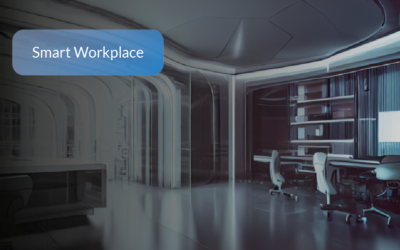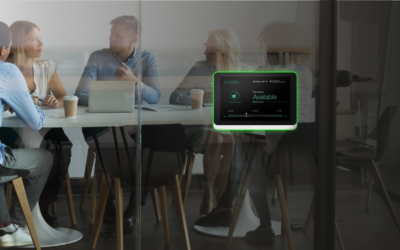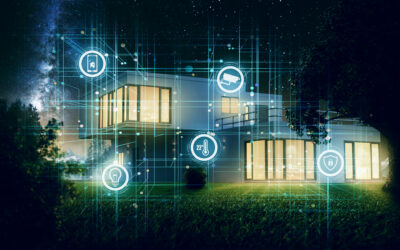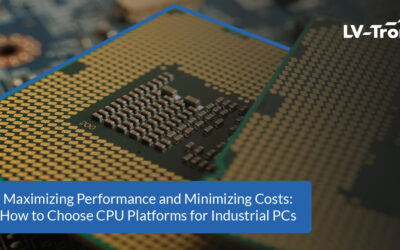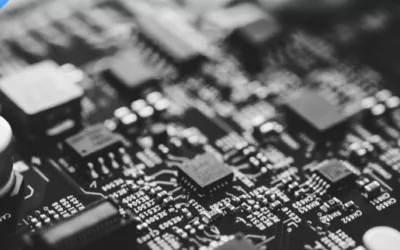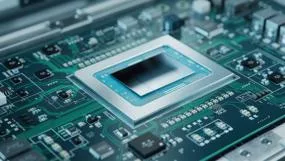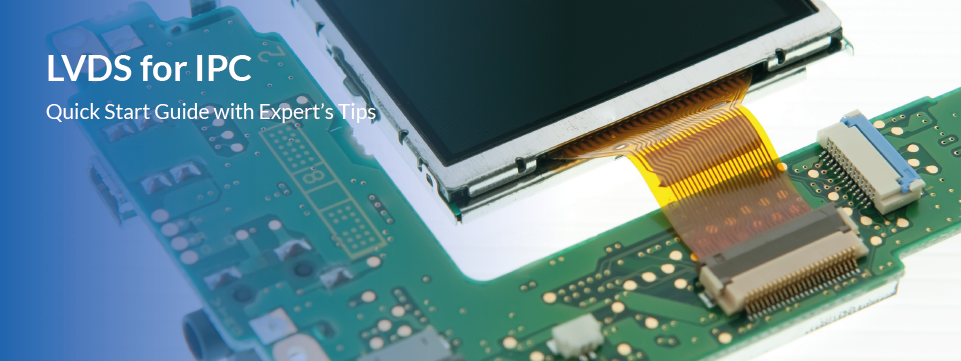
LVDS Made Simple: Quick Start Guide with Expert’s Tips
Introduction to LVDS
Welcome back to our Quick Start Guide series! We’ve previously explored the high-speed interfaces of MIPI and eDP, crucial in mobile devices and embedded systems respectively. Today, we’re diving into another key player in the technology landscape – LVDS, or Low Voltage Differential Signaling. This high-speed interface is particularly important in a wide range of applications, from computers to telecommunications and industrial equipment. But what exactly is LVDS, and why is it important? Let’s find out.
What is LVDS?
LVDS is particularly suitable for applications that require high data rates and low power consumption. It’s an excellent choice for applications that require fast data transmission and noise resistance. Whether you’re designing a high-speed data communication system, a large display panel, or a high-resolution printer, LVDS can provide a powerful and efficient solution for data transmission. As a general rule of thumb when selecting an interface for Industrial PCs (IPC), consider LVDS for larger device screens when choosing display interface technologies.
When and Where to Use LVDS?
LVDS is particularly suitable for applications that require high data rates and low power consumption. It’s an excellent choice for applications that require fast data transmission and noise resistance. Whether you’re designing a high-speed data communication system, a large display panel, or a high-resolution printer, LVDS can provide a powerful and efficient solution for data transmission. For instance, LVDS is an ideal choice for large devices such as digital whiteboards, kiosks, and large panel PCs, where high data rates and noise resistance are crucial.
Features and Benefits of LVDS
LVDS comes with a host of benefits that make it a top choice for data communication. Here are some key features:
- High-Speed Interface: LVDS can transmit data at high speeds, making it suitable for applications that require fast data transmission, such as video data for high-resolution displays.
- Low-Power Operation: LVDS operates at low voltage levels, which results in lower power consumption compared to other data transmission standards. This makes LVDS an energy-efficient choice.
- Noise Resistance: LVDS uses differential signaling, where data is transmitted over two complementary signals. This method improves noise immunity, as noise picked up by the transmission line will be common to both signals and can be canceled out at the receiver.
Practical Insights: Optimizing LVDS Interface for High Bandwidth
When it comes to implementing LVDS in your projects, there are a few practical tips to keep in mind:
- Cable Length: The ideal cable length for LVDS can vary depending on the specific application and data rate. However, keeping the cable as short as possible can help maintain signal integrity and reduce potential interference.
- Cable Quality: The quality of the cable is important to handle the voltage and data rates required by LVDS. Using a high-quality cable can ensure stable voltage delivery and maintain signal integrity, reducing the risk of data errors.
Conclusion
LVDS is a powerful interface technology that’s shaping the future of data communication. By implementing the expert’s tips from this article, you can ensure that your LVDS signals will deliver high-speed, low-power, and noise-resistant performance. With its robust capabilities, it’s no wonder LVDS is becoming a popular choice in the tech industry, especially for applications that require high bandwidth. This wraps up our Quick Start Guide series on interface technologies. We hope you found it informative and helpful!
For more detailed information on how LVDS compares with other interface technologies like MIPI and eDP, check out our comprehensive comparison article – MIPI vs. eDP vs. LVDS.
Empowering the Future of Smart Workplaces with LV-Tron’s Hardware
LV-Tron’s IoT hardware provides the foundation for the smart workplaces of the future. Learn how meeting room management, on-demand energy consumption, flexible working, and commitment to security can empower your business.
Expert Tips and Advises: Accelerate Your Room Booking Hardware Business by Knowing More About the End-Users
This article discusses the important factors to consider when choosing a panel PC for a room booking system, including performance, cost, customization, security, durability, manageability, and scalability. A reliable Design Manufacturing Service (DMS) partner is also crucial for technical support, customization, integration, and long-term maintenance. By choosing the right panel PC and DMS partner, facilities can enhance their conference room experience and meet the evolving demands of the market.
Building Automation Technologies starting with KNX
Compare the features and capabilities of popular building automation protocols such as KNX, BACnet, Zigbee, Z-Wave, and EnOcean and discover how they can enable smart buildings and workspaces.
Maximizing Performance and Minimizing Costs: How to Choose CPU Platforms for Industrial PCs
Maximizing Performance and Minimizing Costs: How to Choose CPU Platforms for Industrial PCs Comparing Popular Platforms: NXP, Rockchip, MediaTek, and Intel for Industrial PCsIntroduction When it comes to building industrial PCs, choosing the right CPU platform is...
Navigating the Challenges of IoT Projects: How an ODM Service Can Help Your Company Succeed
Building industrial PCs for IoT comes with unique challenges such as performance, security, scalability, integration, and maintenance. LV-Tron, with over 20 years of experience, can help you navigate these complexities and deliver optimized solutions.
AIoT for Smart Buildings, Workplaces, and Meetings
LV-Tron creates AI-powered IoT devices for smart buildings, workplaces, and meetings, using sensors and AI algorithms to adjust environments and improve productivity.
Enabling Sustainable and Green Workplaces, Buildings and Meeting Spaces
LV-Tron is a leading provider of design and manufacturing services that helps businesses create sustainable and green workplaces, buildings, and meeting spaces. By using technology to create sustainable spaces, businesses can reduce their environmental impact and improve efficiency.
DMS for Smart Workplace, Building and Meeting
LV-Tron is a DMS provider that helps businesses create smart workplaces, buildings, and meeting spaces. They specialize in designing digital solutions to streamline processes and improve productivity, leveraging technology to optimize work environments.

